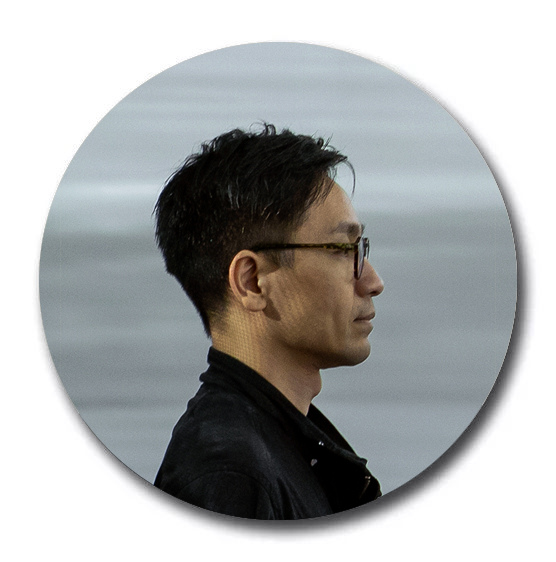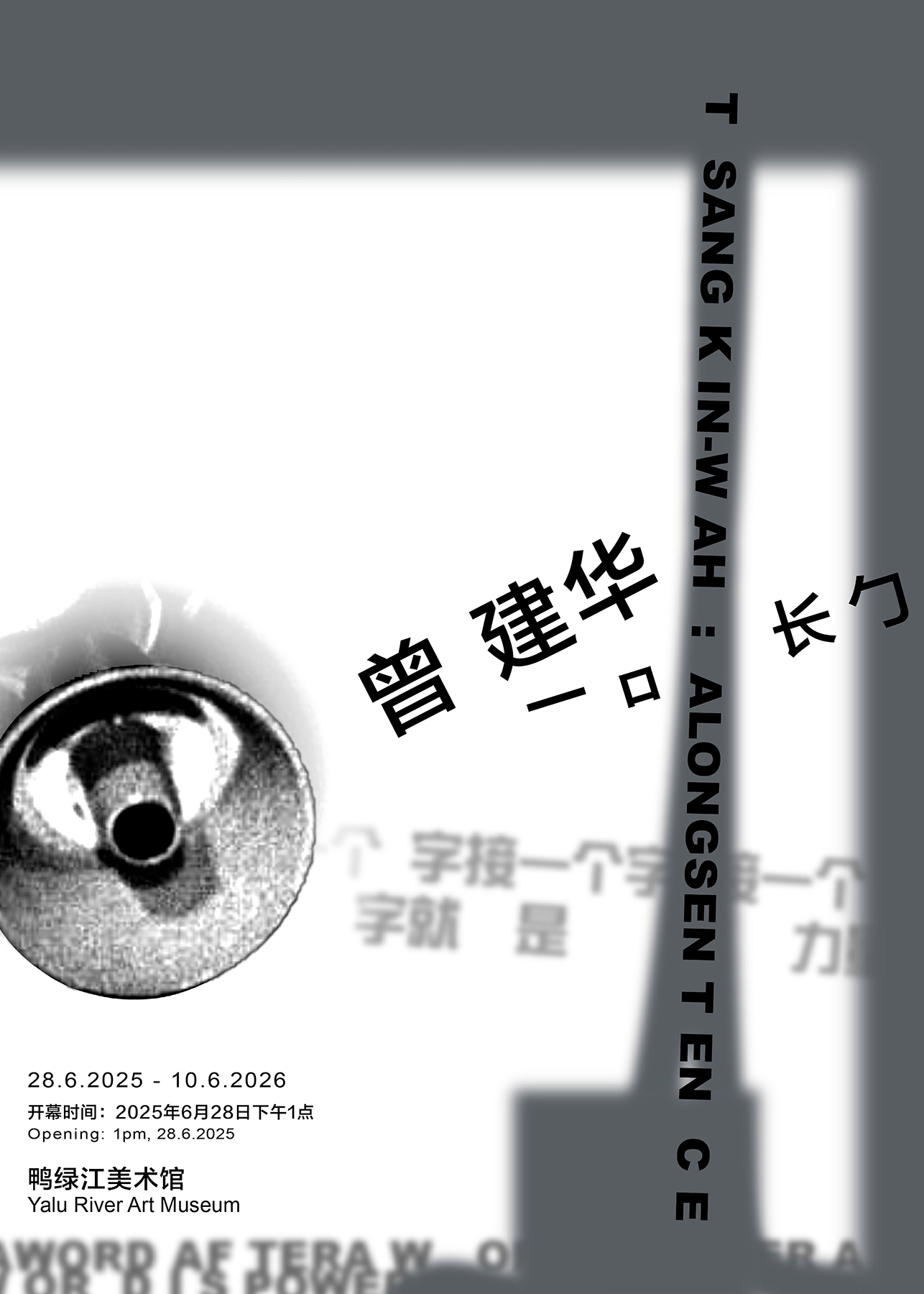|
Artist:

TSANG Kin-Wah
(b.1976, Shantou, China) migrated to Hong Kong at age six. After completing an undergraduate degree in fine art at the Chinese University of Hong Kong in 2000, he moved to London in 2002 and received a master’s degree in book arts at the Camberwell College of Arts, London Institute (now the University of the Arts London) in 2003.
In his early works, Tsang combined texts in decorative patterns to create wallpaper that covers the walls, floors, and ceilings of their designated exhibition spaces. On closer inspection, seemingly elegant floral patterns reveal themselves as profane writings by both the artist and other authors. In doing so, Tsang brings to the fore contradictions between image and text, appearance and content. Such interplays continue to be important in Tsang’s transition from static wall-based art to multimedia video installations. Created after 2009, the latter type of works often creates an immersive environment through digitally rendered, dynamic text and image projections. Their subjects range widely from identity, politics and cultural conflicts to current and historical events.
His recent solo exhibitions include T REE O GO D EVIL at GDM Hong Kong (2025), Freezing Water at Hong Kong Museum of Art (2023), and Onsite/Offsite : TSANG Kin-Wah at Vancouver Art Gallery (2017). He has participated in numerous group exhibitions, including Istanbul Biennial (2017), Aichi Triennale (2010), Biennale of Sydney (2010), and Biennale de Lyon (2009,) among others. His works can be found in key collections and museums, including Asian Art Museum (San Francisco), M+ Museum of Visual Culture (Hong Kong), Mori Art Museum (Tokyo), the Solomon R. Guggenheim Museum (New York), and MAXXI, the National Museum of 21st Century Arts (Rome). Tsang represented Hong Kong at the 56th Venice Biennale in 2015.
|
|
 Yalu River Art Museum 2025 Group Exhibition Poster “ALONGSEN T EN C E” is a work and exhibition in which the artist collages diverse texts from history, religion, politics, society, literature, and song lyrics, enabling the multiple voices within these texts to co-create a form of writing that decentralises the author. By removing strokes from characters and fragmenting sentences, the artist deconstructs previously closed and singular meanings, expanding the text’s significance and generating multiple possibilities. This process, akin to a game, grants the audience space for autonomous association, creation, and recombination, transforming the text from a stable, closed entity into a continuously flowing, open, and polysemous dynamic state.
A key element of the work is the performance within the exhibition space, where security personnel and audience members use megaphones to vocally project the text. The presence of security staff imbues the utterances with connotations of authority, order, and command, creating a striking contrast with the freely recited phrases of the audience. Through amplification, the text is vocalised, breaking down traditional boundaries between author and reader, and transforming the text from a unidirectional statement into a live performance. This vocalisation is not merely recitation but often takes on a poetic quality, emphasising rhythm, intonation, and emotional flow, thereby endowing the words with renewed vitality and tension. Simultaneously, computer-generated bilingual (Chinese and English) readings are broadcast through handheld megaphones and interwoven with video replays of previous audience performances on monitor. The entire space resembles a stage or laboratory, allowing different subjects and performers to collaboratively play with, explore, and express the diverse possibilities of language and meaning through visual and auditory forms.
On site photos:




|